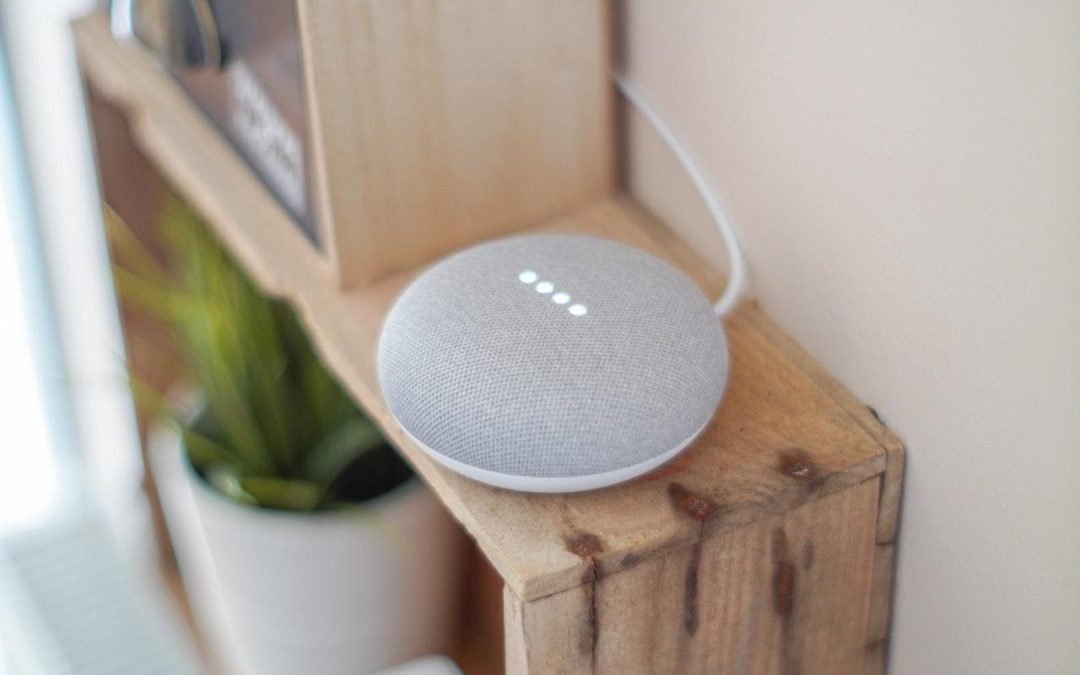How to Build a Basic Smart Home for $1,000
Turning the average house into a fully automated smart home can cost over $10,000, but you don’t have to go all out to enjoy the convenience of a smarter home. Installing just a few smart gadgets makes life at home more convenient and, when done right, doesn’t have to cost much more than $1,000. This guide will help beginners plan a smart home that won’t break the bank, brought to you courtesy of Windsor Realty Services.
Regardless of whether you’re buying or selling, Windsor Realty Services will have a team armed with in-depth knowledge of the market by your side. Contact Nicola Friedman today by calling 845-764-1710 or emailing [email protected].
Saving Money on Smart Home Devices
There’s good news for budget-conscious buyers: Many of the top smart home devices actually save money on your home’s utility bills. Of course, future savings don’t change how hard home automation hits your wallet today. If you want to save money on the best smart home devices, take advantage of annual electronics sales on Black Friday, Amazon Prime Day, and other major sales days. Keep in mind that many of the best appliance deals are found online, where you can pair promotional codes and cashback offers with online sales.
Best Brands for a Budget-Friendly Smart Home
When building a smart home, compatibility is key. Since each smart home ecosystem has its own app and network protocol, devices from different brands don’t always work together. If you plan to expand your smart home system in the future — and likely you will — stick to a major brand. While lesser-known smart home ecosystems may save money on the initial build, buyers run the risk of investing in a brand that’s obsolete in a few years.
Both Google Nest and Amazon Alexa are a good choice for shoppers on a budget since they’re compatible with a wide range of devices and easy to set up. Nest’s line includes budget-friendly devices like the Nest Mini, Nest Thermostat E, and Nest Cam Outdoor security camera. While Nest is also compatible with other smart home brands, Nest’s core offerings make it so smart home beginners can worry less about product compatibility.
Amazon, on the other hand, focuses on its Echo line of smart speakers and hubs. While there’s a wide range of Alexa-compatible devices, it’s up to shoppers to ensure the products they buy can “speak” with their Amazon Echo. While some smart home first-timers may find this overwhelming, it also means a wider range of price points.
As you buy devices, keep in mind that finding the best price isn’t all that matters. If you want smart technology that adds to your home rather than detracts from it, you need to pay attention to design. Smart gadgets come in a variety of finishes, including brass, nickel, and charcoal in addition to the standard black and white, so you can choose the look that suits your home.
Must-Have Gadgets for an Affordable Smart Home
Once you’ve chosen an ecosystem, it’s time to buy the must-have devices for your smart home. These are the gadgets we recommend for a $1,000 smart home budget.
Smart speaker
Nest: Nest Mini ($35)
Alexa: Amazon Echo Dot ($35)
Smart plugs
Nest or Alexa: Kasa Smart Plug Lite ($60 for four)
Smart light bulbs
Nest or Alexa: Philips Hue ($60 for four)
Smart thermostat
Nest: Nest Thermostat E ($169)
Alexa: ecobee4 Smart Thermostat ($199)
Video doorbell
Nest: Google Nest Hello ($229)
Alexa: Ring Video Doorbell Wired ($59)
Smart lock
Nest: Nest X Yale Lock ($279)
Alexa: August Smart Lock ($199)
Outdoor security camera
Nest: Nest Cam Outdoor ($199)
Alexa: Ring Stick Up Cam ($99)
With these devices, you can build a basic smart home system that adds convenience, cost savings, and security for as little as $1,031 for a Google Nest-powered system or $821 for an Alexa-compatible system. While opting for an Alexa ecosystem saves money, it’s not an exact one-to-one comparison since the brands vary in features and design. Shoppers may find they prefer the consistent look of Nest devices or want upgraded Alexa-enabled devices, which come at a premium. Instead of taking this guide as gospel, use it as a starting point for planning the smart home that’s right for you and your lifestyle!
Image via Pexels


Recent Comments